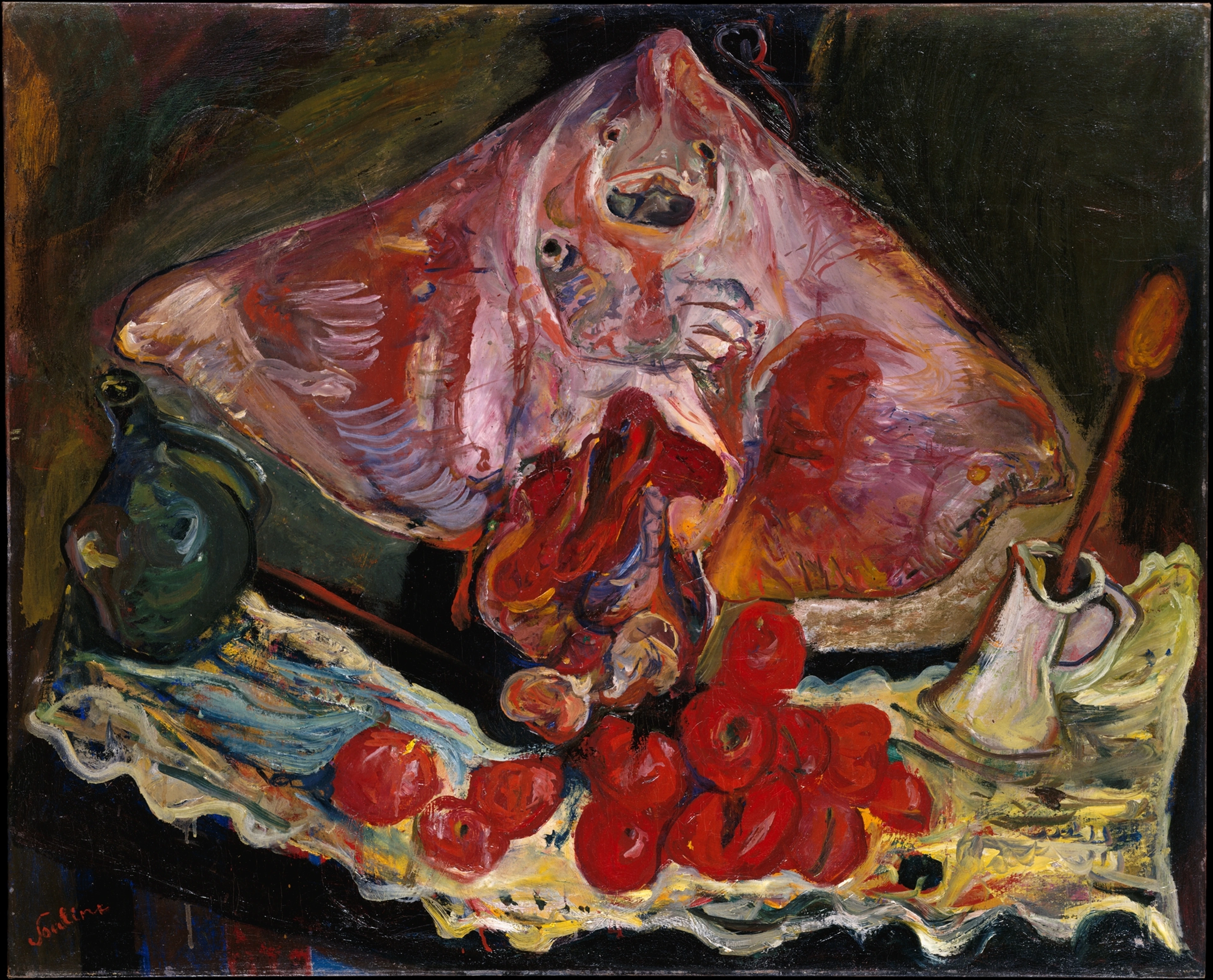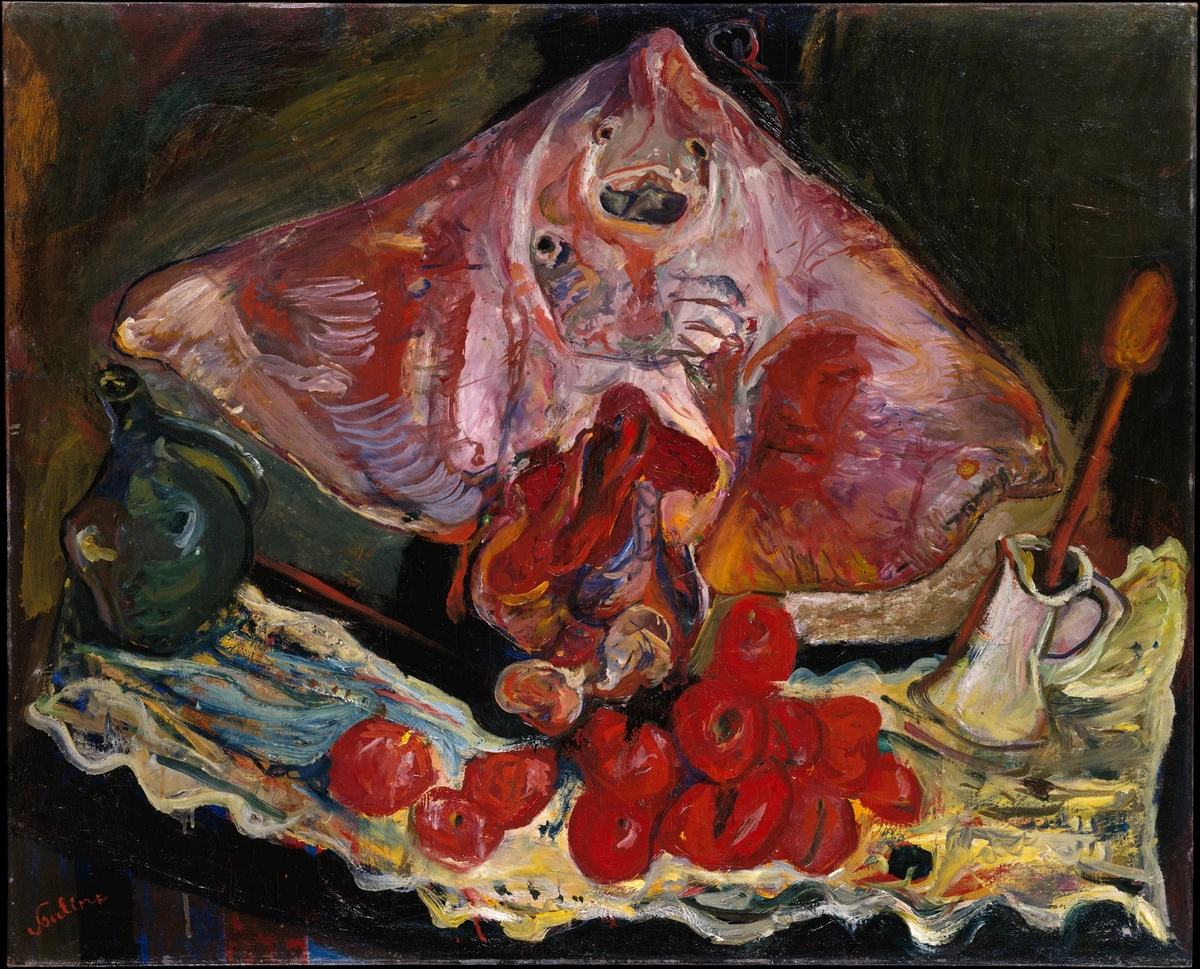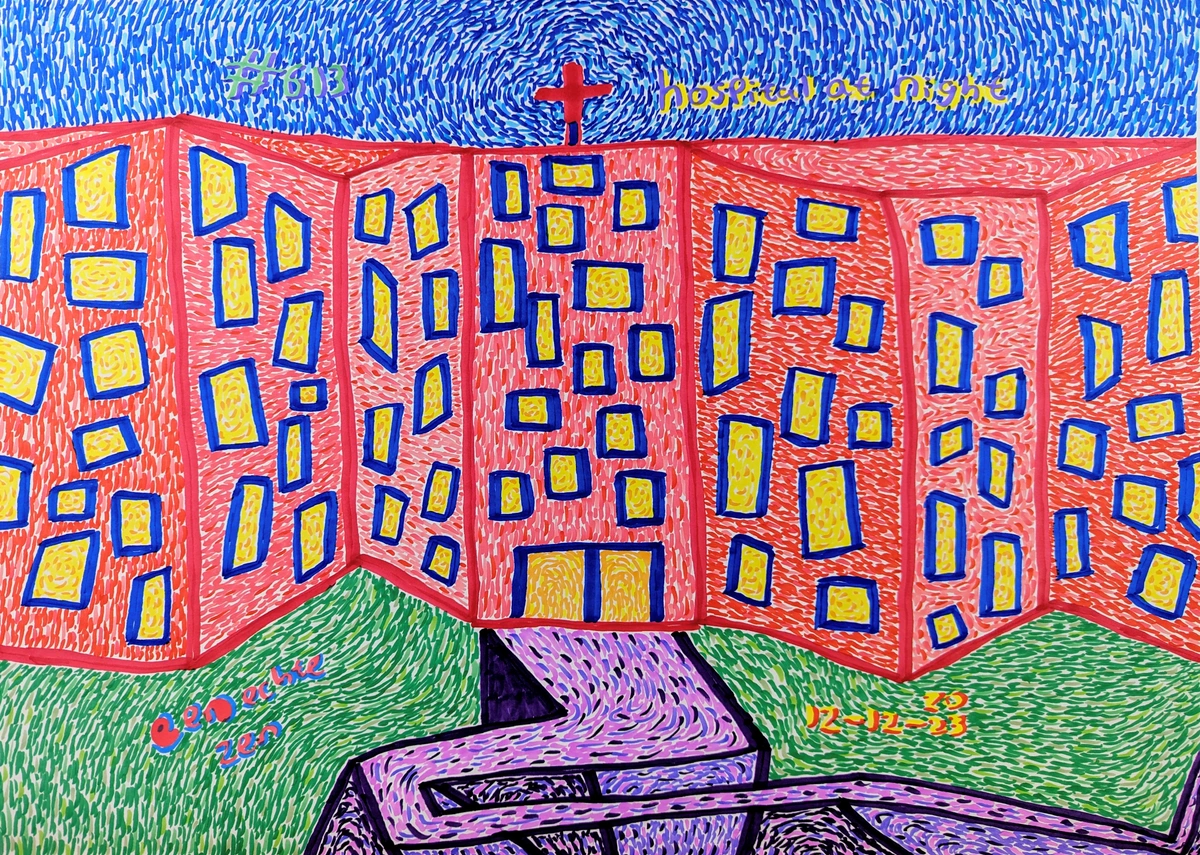
Buy Art for Beginners: Find Your Style & Start Collecting with Confidence
Feeling lost buying art? This guide shares personal insights on finding your style, setting a budget, and starting your collection with confidence and joy.
Buying Art for Beginners: Find Your Style & Start Your Collection
Thinking about bringing some art into your life but feeling a little lost on where to start? You're definitely not alone! I remember feeling completely overwhelmed when I first dipped my toes into the art world. It can seem exclusive, like there's some secret handshake you don't know, but the truth is, finding art you love is an accessible and rewarding journey for everyone. This beginner-friendly guide is less about being an expert and more about trusting your gut. I'll walk you through the essential steps to confidently choose art that resonates with your personal style and fits your budget, transforming your space and bringing you joy for years to come.
Discovering Your Artistic Taste: What Speaks to You?
Forget about art snobs and what's "in" – the most important thing is to discover what truly speaks to you. This initial step in acquiring art is a deeply personal journey, and honestly, there are no right or wrong answers. One effective way to begin is by immersing yourself in the art world. I found visiting local galleries and art events incredibly helpful. They often display the price and materials used, which was super informative for me as a newcomer. Seeing art in person allows for a richer appreciation of its texture, scale, and color – aspects you just can't fully grasp online. Plus, these visits can be opportunities to meet artists, gaining firsthand insights into their creative processes. It feels a bit like peeking behind the curtain, which I love.
For those who find physical galleries initially intimidating (totally understandable, I felt it too!), exploring online galleries and social media platforms like Instagram and Pinterest can be a comfortable starting point. The internet offers a vast selection, making it easy to compare artists, styles, and prices from the comfort of your home. To further refine your personal taste, keeping a visual diary can be beneficial. This could involve taking photos of art that catches your eye during gallery visits or creating a mood board, either physically or digitally, using collected images. By visually compiling art that appeals to you, you can begin to discern recurring themes, colors, mediums, or styles that resonate with your aesthetic sensibilities. It's like piecing together a puzzle of your own preferences.
Beyond active exploration, reflecting on your emotions and existing preferences plays a crucial role in understanding your artistic taste. What subjects, colors, and moods naturally draw your attention? Thinking about your existing home decor and the type of art that might complement it can also help in making choices that feel harmonious within your living space. While art doesn't need to match your sofa perfectly (and sometimes shouldn't!), considering the existing aesthetic contributes to a cohesive and pleasing environment. Ultimately, the process of discovering artistic taste is a personal journey of exploration and introspection. By actively engaging with different forms of art and paying attention to your emotional responses and visual preferences, you can confidently identify what truly speaks to you. It's about building a relationship with art, one piece at a time.
Setting a Budget: How Much Should You Spend?
Let's talk numbers. Setting a realistic budget is essential to ensure you find art you love without breaking the bank. The financial aspect is a key consideration for most people embarking on their art collecting journey. I think it's wise to begin by assessing your financial situation and determining a comfortable spending limit for art. Starting with more affordable pieces and gradually increasing your budget as your knowledge and confidence in the art market grow is a prudent approach. You don't need to buy a Picasso right away (unless you can, in which case, lucky you!).
The art market presents a wide range of price points depending on various factors. Original paintings and sculptures typically command higher prices due to their uniqueness and the artist's direct involvement. In contrast, art prints offer a more accessible entry point, with a vast array of subjects and styles available at lower costs. Within the realm of prints, limited edition prints, which have a finite number of copies, often hold more value than open edition prints, which have an unlimited production run. Prices also vary based on the artist's reputation, the size and complexity of the work, the cost of materials, and whether you're buying directly from the artist or through a gallery (which takes a commission). For those interested in original works without a hefty price tag, considering pieces by emerging artists can be a viable option, as their art is often more affordable than that of established names. Additionally, smaller original works or studies by renowned artists can sometimes be found at more budget-friendly prices. Understanding this pricing hierarchy allows beginners to make informed decisions aligned with their financial constraints.
Beyond the initial purchase price, it is crucial to factor in additional costs associated with acquiring art. Framing, which protects and enhances the presentation of the artwork, can add a significant expense. Similarly, mounting, especially for three-dimensional pieces, and potential shipping costs, particularly when purchasing from online sources or distant galleries, should be considered. These extra expenses can accumulate, so including them in your overall budget from the beginning is essential for accurate financial planning. For those who fall in love with a more expensive piece that initially seems out of reach, exploring payment options such as installment plans offered by some galleries and online platforms might be a possibility. This allows for spreading the cost over time, making higher-priced art more accessible. Ultimately, setting a budget early in the art buying process is a fundamental step that helps manage expectations and narrow down the vast array of choices available. By being mindful of the price variations across different art types and remembering to account for additional costs, you can navigate the art market with greater confidence and financial awareness.
Considering Your Space: Where Will Your Art Live?
Before you fall head over heels for a piece, take a moment to think about where it will ultimately live in your home. The environment in which the art will be displayed plays a significant role in the selection process. A crucial first step involves measuring the available wall space to ensure the artwork fits comfortably within the designated area. Choosing artwork that is appropriately scaled for the size of the wall and the overall dimensions of the room is vital; a piece that is too large can overwhelm a small space, while a piece that is too small might get lost on a large wall. I've definitely made the mistake of buying something I loved only to realize it didn't quite fit where I envisioned it!
Beyond physical dimensions, the existing interior design style and the purpose of the room should also guide your art choices. For instance, abstract art often complements modern minimalist spaces, while calming landscape paintings might be ideal for bedrooms, and vibrant, expressive pieces could enliven living areas. The art should ideally harmonize with the room's overall aesthetic and contribute to the desired atmosphere. Furthermore, the color palette of the room is an important consideration when selecting artwork. You can opt for art with colors that either complement the existing hues in the room, creating a sense of visual continuity, or choose pieces with contrasting colors to introduce a striking focal point. Color plays a significant role in how a piece of art is perceived within a space and its overall integration with the decor. Finally, considering sight lines and potential focal points within the room can influence the placement and therefore the selection of art. Placing art strategically can enhance its impact and create visual interest. Oh, and one more thing: consider the light! Direct sunlight can damage artwork over time, so think about where the sun hits throughout the day. Ultimately, thoughtful consideration of the intended location of the artwork, including the size of the space, the existing decor, and the desired atmosphere, is essential for making a choice that will enhance your home environment and bring lasting enjoyment.

Popular Types of Art for Beginners: Exploring Your Options
The art world offers a fascinating array of styles and mediums. For beginners, some types of art tend to be more readily available and approachable. Among these, prints stand out as a popular choice. Prints are essentially reproductions of original artworks, offering a wide range of subjects and styles. Their affordability makes them an excellent entry point into art ownership, allowing beginners to acquire pieces they admire without a significant financial investment. Different types of prints exist, including limited edition prints, which have a fixed number of copies and can potentially appreciate in value, and open edition prints, which are produced in unlimited quantities and are generally more budget-friendly. You can find a huge variety of prints online, like the ones I offer here.
Photography is another widely accessible and versatile art form. Wall photography encompasses a diverse range of subjects, from breathtaking landscapes and compelling portraits to abstract compositions and documentary images. The recent resurgence of black-and-white photography highlights its timeless elegance and ability to complement various interior design styles. Photography offers a relatable way to bring artistic expression into the home, often at a more affordable price than original paintings.
Abstract art, characterized by its focus on color, shape, form, and texture rather than representational subjects, has gained significant popularity in modern interior design. Its non-representational nature allows for personal interpretation and emotional connection, making it a versatile choice that can complement a wide range of decor styles. I'm particularly drawn to abstract art myself; I find the way color and form can evoke emotion without depicting anything specific truly captivating. It leaves so much room for the viewer's own feelings and thoughts. Landscape art, encompassing both traditional and contemporary depictions of nature, seascapes, and scenic views, holds a timeless appeal. These artworks often evoke feelings of tranquility and a connection to the natural world, making them a popular choice for creating a calming atmosphere in the home. Figurative art, which portrays recognizable human or animal figures, possesses a rich history and a unique ability to tell stories and evoke empathy in the viewer. Its relatable subjects can create a strong personal connection.
Beyond these popular types, beginners might also consider digital art prints, which are increasingly accessible online, mixed media pieces that combine various materials for unique textures and visual interest, and smaller original paintings on canvas or paper, which can sometimes be found at surprisingly affordable prices. Don't forget about sculptures, ceramics, or even textiles as ways to add artistic flair to your space! Exploring these different types of art allows you to discover what resonates with your personal taste and fits within your budget and living space.

Where to Find Art: Beyond the Gallery Walls
So, you know what you like and have a budget in mind. But where do you actually find the art? While traditional galleries are fantastic, they're not the only option. Here are a few places to explore:
- Art Galleries: As mentioned, visiting galleries is a classic way to see art in person and talk to experts. Don't be intimidated! Gallery staff are usually happy to answer questions. Look for galleries specializing in styles you like or those representing emerging artists.
- Online Marketplaces & Galleries: Websites dedicated to selling art offer a huge selection from artists worldwide. This is incredibly convenient for browsing and comparing. Just be sure to research the platform and the artist. (Speaking from experience, selling art online is a great way for artists to reach collectors directly!)
- Artist Websites & Studios: Buying directly from an artist's website or visiting their studio (if they offer open studio events) can be a wonderful experience. You get to connect with the creator and often find more affordable prices as there's no gallery commission. It feels more personal, which I appreciate.
- Art Fairs: These events bring together many galleries and artists under one roof. They can be overwhelming but offer a fantastic opportunity to see a lot of art quickly and discover new artists. Many fairs have sections specifically for emerging artists or more affordable works. Check out guides to visiting art fairs for tips.
- Museum Shops: While not always original art, museum shops often sell high-quality prints, posters, and art books that can be a great way to start collecting or bring home a piece inspired by a favorite artist or exhibition.
- Local Cafes, Shops, and Community Centers: Many local businesses display and sell art by local artists. This is a great way to support your community and find unique pieces at accessible prices.
- University Art Galleries: Sometimes overlooked, university galleries often showcase work by students and faculty, as well as hosting exhibitions that are free and open to the public. They can be unexpected sources of interesting art.
Exploring these different avenues will broaden your horizons and increase your chances of finding that perfect piece.
Quick Tips for Buying Art You'll Love: Your Actionable Guide
Embarking on your art buying journey can be exciting. Here are some actionable tips to guide you, based on what I've learned:
- Trust Your Gut: Seriously, buy what you genuinely love and connect with emotionally. Your personal connection to the artwork is the most important factor for long-term enjoyment. If you feel a pull towards a piece, listen to it.
- Do Your Research: Learn about artists, styles, and mediums. Understanding the context and creation of a piece can deepen your appreciation. It's like getting to know a new friend – the more you know, the richer the relationship.
- Visit Galleries (Online and In-Person): Experience art firsthand. Seeing art in person can reveal nuances in texture and color that are not always apparent online. Online browsing is great, but nothing beats standing in front of a piece.
- Set a Budget: Determine how much you are comfortable spending before you start looking. Having a budget helps narrow your choices and prevents overspending. It keeps things realistic.
- Consider Your Space: Think about where the art will be displayed and choose pieces that are appropriately sized and complement your home decor. The artwork should enhance your living environment, not fight with it.
- Ask Questions: Don't hesitate to ask gallery staff or artists about the artwork, the artist's background, and any other inquiries you might have. They can provide valuable insights and information. There are no silly questions when you're learning!
- Document Your Purchase: Keep receipts or certificates of authenticity. This documentation can be important for insurance and potential future resale. It's the grown-up, responsible part of collecting.
- Don't Be Afraid to Start Small: You don't need to make a large investment with your first piece. Begin with more affordable options like prints or works by emerging artists and build your collection gradually. It's a journey, not a race.
- Basic Art Care: Once you have your art, take care of it! Avoid hanging pieces in direct sunlight or in areas with extreme temperature or humidity fluctuations (like a bathroom, unless the art is specifically made for it). For cleaning, usually a soft, dry cloth is enough. If you're unsure, ask the artist or gallery for specific care instructions.
Conclusion: Start Your Artful Journey Today!
Embarking on your art buying journey should be an exciting and enjoyable experience. Remember, the most important piece of advice I can give you is to choose art that you love and that brings you lasting joy. It's about building a collection that reflects you. By exploring your taste, setting a budget, considering your space, and following these simple tips, you're well-equipped to start building a collection of art that reflects your unique personality and enhances your home. So, what are you waiting for? Start exploring, trust your instincts, and bring some beautiful art into your life. Happy collecting!
Table 1: Popular Art Types for Beginners
Art Type | Key Characteristics | Why it's good for beginners |
|---|---|---|
| Prints | Reproductions of original artworks | Affordable, wide variety of subjects and styles |
| Photography | Captures reality through an artistic lens | Diverse subjects, can be relatively affordable |
| Abstract Art | Focuses on color, shape, form, and texture; non-representational | Versatile, complements many decor styles, allows for personal interpretation |
| Landscape Art | Depicts nature, seascapes, and scenic views | Timeless appeal, often evokes tranquility |
| Figurative Art | Portrays recognizable human or animal figures | Relatable subjects, can evoke strong emotions |
Table 2: Quick Tips for Buying Art You'll Love
Tip | Brief Explanation/Benefit |
|---|---|
| Trust Your Gut | Personal connection to the art is key for long-term satisfaction. |
| Do Your Research | Understanding the art and artist enhances appreciation and informs your decision. |
| Visit Galleries | Seeing art in person allows for a richer and more nuanced experience. |
| Set a Budget | Helps manage expectations and prevents overspending. |
| Consider Your Space | Ensures the art fits harmoniously within your home environment. |
| Ask Questions | Provides valuable insights and builds confidence in your purchase. |
| Document Your Purchase | Protects your investment and provides important provenance information. |
| Don't Be Afraid to Start Small | Reduces pressure and allows you to develop your taste gradually. |
| Basic Art Care | Protects your investment and keeps the artwork looking its best. |




